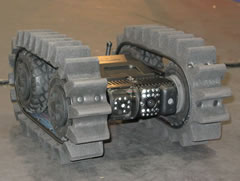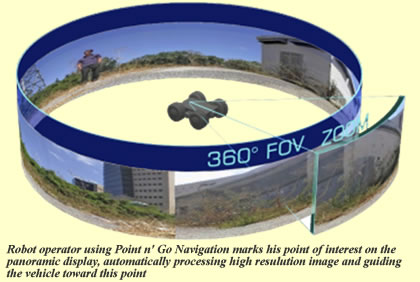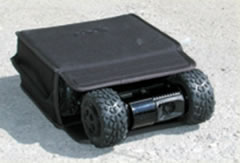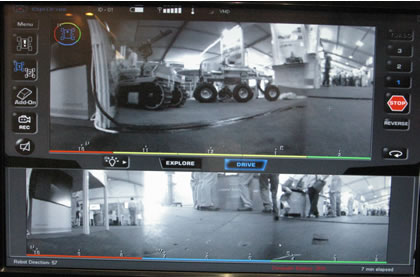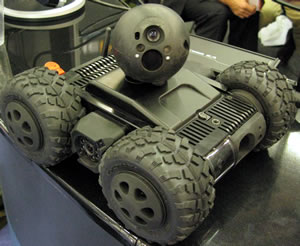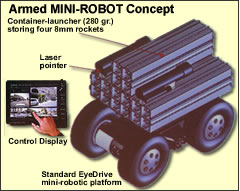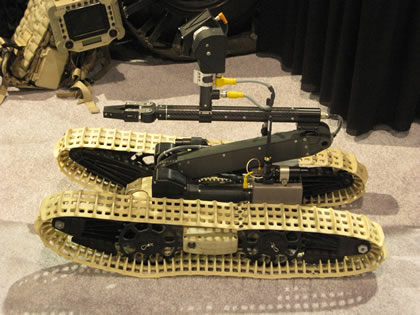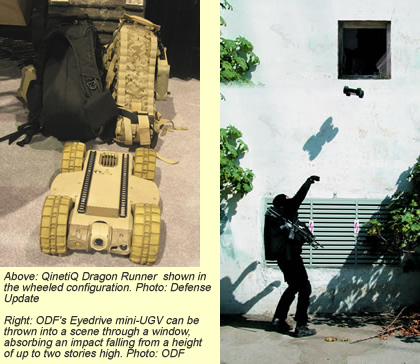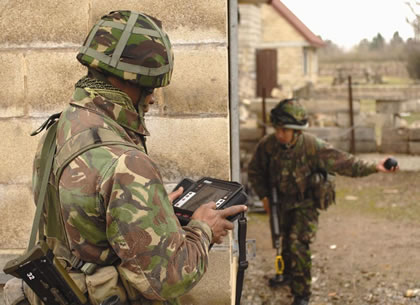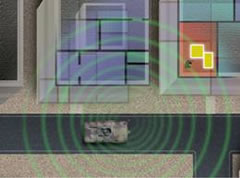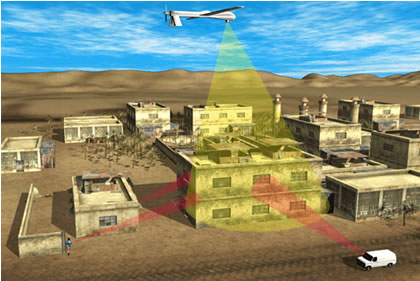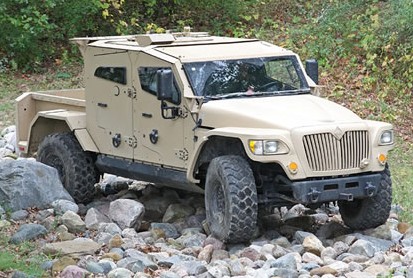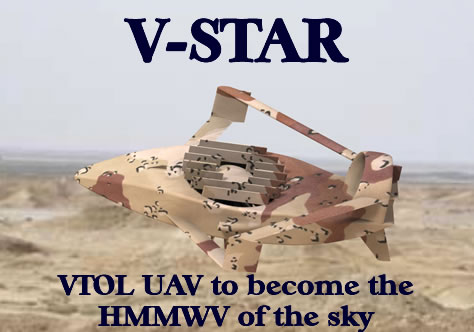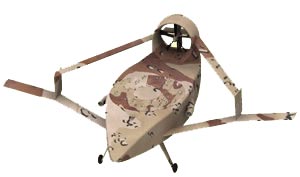Boeing (NYSE: BA) and Raytheon (NYSE: RTN) have launched a Radar Modernization Program (RMP) for radar installed in the F-15E Strike Eagle. Backed by a $238 million award from Boeing, for the system’s design and development phase (SDD), Raytheon will implement its latest active electronically scanned array technology to upgrade the Eagle’s radar systems already operated with U. S. Air Force F-15C and U.S. Navy F/A-18E/F Super Hornet and F/A-18G Growler.
According to Dr. Tom Kennedy, vice president for Tactical Airborne Systems, Raytheon’s AESA team has been working on working on some early software and design development initiatives since the company was selected by Boeing last November. “Maintaining the momentum on our high-performance AESA programs is critical because it results in technological advances that will keep our aviators at the cutting edge of combat operations today and in the future,” said Kennedy.
The RMP will incorporate an Active Electronically Scanned Array (AESA) antenna with more-supportable radar electronics. The AESA replaces the APG-70 radar currently integrated on the F-15E, improving radar reliability, maintainability and performance while reducing support costs. When integrated into the F-15E weapons system, the AESA radar will improve detection and tracking of enemy targets, including small targets.
During the SDD phase, Boeing team member Raytheon will produce developmental and flight-test units and support Boeing’s integration of the AESA into the F-15E. The integration activity will take place at Boeing facilities in St. Louis prior to the developmental and initial operational test and evaluation flight programs. Initial operational capability is expected in fiscal year 2014 with 12 operational aircraft.
One of the first F-15E derivatives to fly the AESA radar is the Singaporean F-15SG, recently flown for the first time from Boeing’s St. Loius plant. F-15SG production deliveries will begin in the second quarter of 2009. The final aircraft in this procurement will be delivered to the RSAF in 2012. The F-15SG’s integrated sensor suite, includes the Active Electronically Scanned Array (AESA) radar and the SNIPER advanced targeting pod, facilitating long-range air-to-air and air-to-ground capabilities.
F-15SG1 successfully completed its first flight from Lambert International Airport in St. Louis on Sept. 16. The aircraft now will undergo a one-year flight test program to confirm aircraft performance. Flight testing will take place at Boeing facilities in St. Louis and in Palmdale, Calif. More than 1,500 F-15 aircraft have been delivered and are in service with the U.S. Air Force, Republic of Korea Air Force, Israeli Air Force and Royal Saudi Air Force.



